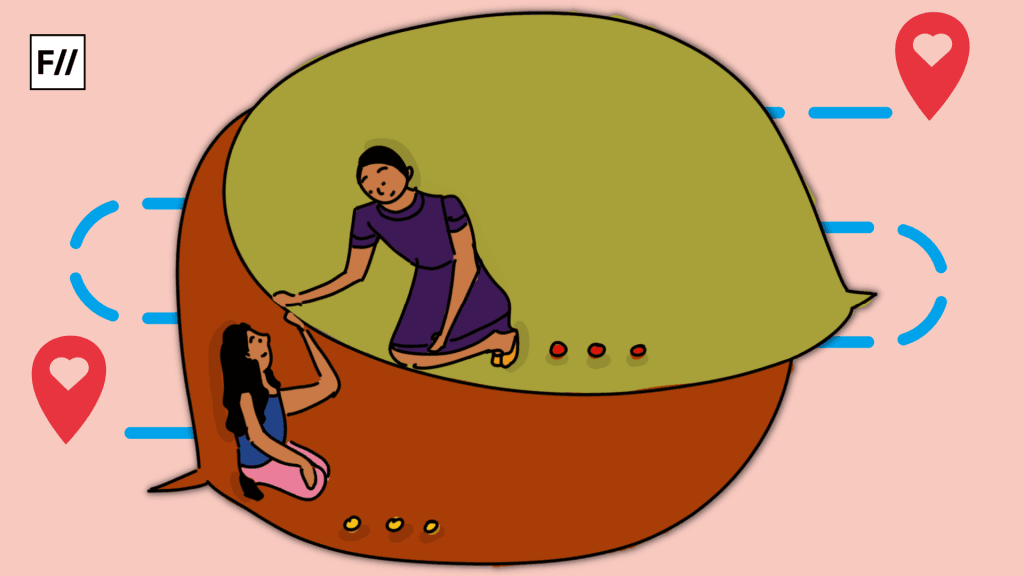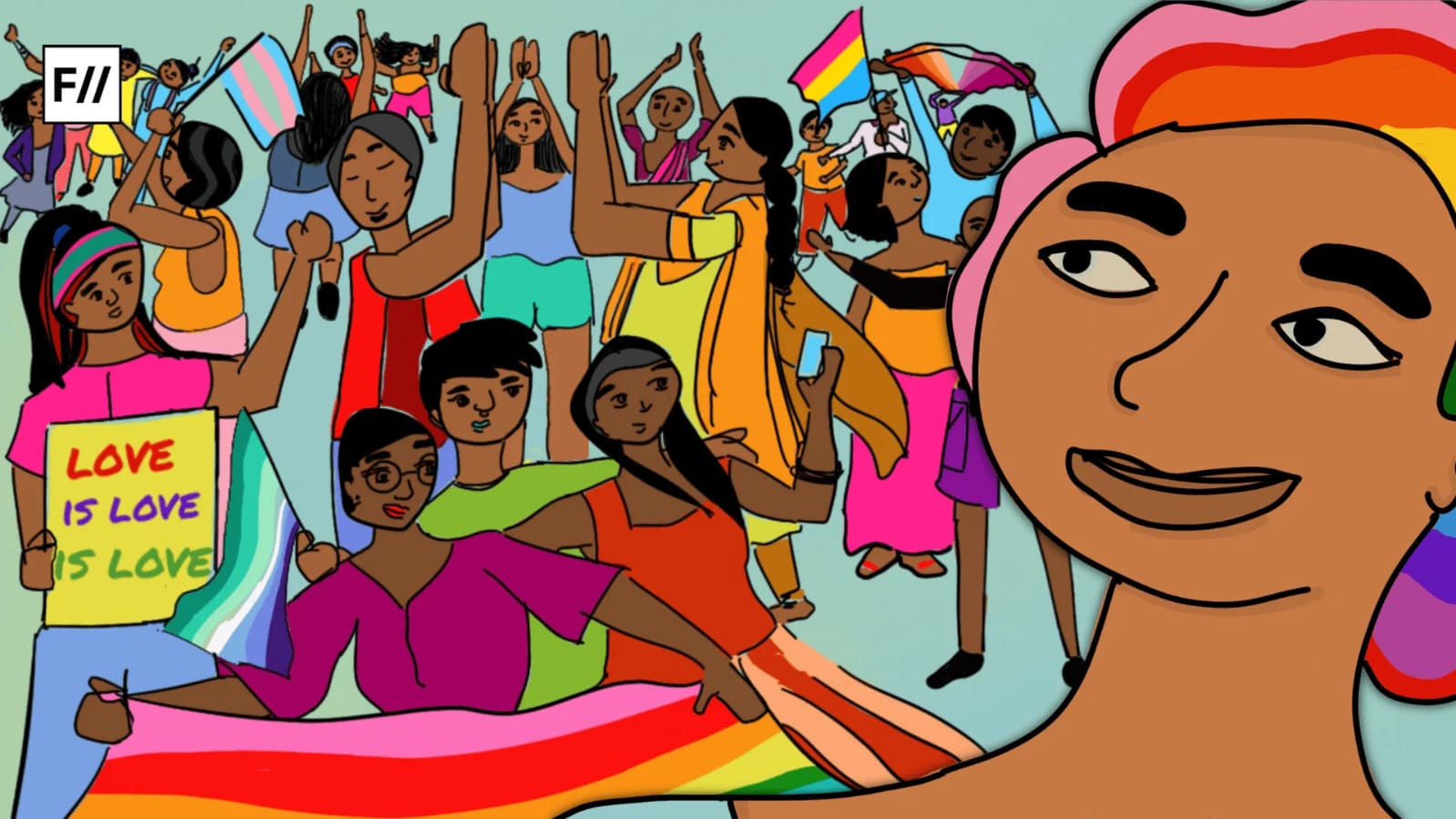Labels and identities—why do we need them? Of course, people deemed ‘normal,’ have never needed any labels. They do not need to identify or label themselves. Our identity is an integral part of our self. It stands for everything we represent and who we are. In these progressive times, sexual identity and orientation take up an important part of our identities, and why mustn’t they? Not everyone fits neatly into traditional, binary gender and sexual orientation categories. Rather labels and identities enable self-expression and allow individuals to be more open about themselves.
The Kinsey Scale, developed by the social scientist and his colleagues, measures sexuality on a spectrum that ranges from 0-6; the numbers depict a scale that goes from exclusively heterosexual to exclusively homosexual (or monosexual) with more fluid orientations in between. Identifying with these labels does not mean that something new has emerged. It just reiterates what has been natural forever but has never been acknowledged. Whether we talk of homosexuals, bisexuals, pansexuals or queer, they did not emerge with the label. All these sexualities existed long before anyone acknowledged or used these terms.
There are no monosexual persons!
When we use these terms for some and not all, it creates the illusion of a default. Why is it the norm to be hetero? Or to be monosexual? In a poor attempt, Merriam-Webster defined monosexual as “being or relating to a male or a female rather than a bisexual.” Despite the absence of a formal definition of the word Monosexual in major lexicon sites, the word monosexual can be understood as being attracted to just one sex. The term was coined by Wilhelm Stekel in 1912. He was an Austrian physician, psychologist, and one of Freud’s earliest pupils. He first used the term in his book, Bi-sexual Love: The Homosexual Neurosis. Monosexuality has been considered the norm for long. However, Stekel’s writing sheds light on a completely different reality.

“Psychoanalysis has proven that all homosexuals, without exception, show heterosexual tendencies in early life. There is no exception to this rule. There are no monosexual persons! The heterosexual period stretches far into puberty. All persons are bisexual. But persons repress either the homosexual or the heterosexual components on account of certain motives or because they are compelled by particular circumstances and consequently act as if they were monosexual.”
Stekel in his text very outrightly condemns monosexuality. There is repeated emphasis on the phrase “There are no monosexual persons!” stressing the sexual nature of humans and their progression. Bisexuality is often just understood as the journey towards inevitable monosexuality. It is considered just an experimental phase by many which has to end in picking one sex over the other. Such mindsets are dismissive if not deprecating in the least towards bisexual identities.
Monosexual privilege
Bisexuals also popularised its use primarily to bring focus to the monosexual privilege. People face numerous barriers to coming out and proclaiming an identity that does not fit the straight-gay binary. However, some of the obstacles are similar to those faced by lesbian and gay people, others are unique to non-monosexual people.

Regardless of this study, the usage and connotations of the word monosexual have evolved differently. The term was popularised primarily by the bisexual and pansexual communities to shed light on the slightly privileged standing of the gays and lesbians within the LGBT+ with the heterosexuals. Monosexuality lumped together homosexuals and heterosexuals characterised by their sexual attraction exclusively towards a singular sex in contrast to the non-monosexuals, who had a more fluid orientation.
However, it was also identified as a term that created divisions unnecessarily within the Queer community. The characteristics of these divisions were again, called under question by the bisexuals. Monosexism has been exercised as a supposed form of oppression within society specifically towards bisexuals. Non-monosexuality is viewed as straying from the normative and viewed with contempt.
About the author(s)
Ketki (she/her), is a curious political science student who loves exploring new ideas, places, and cultures. She has gained diverse work experience across event logistics, exhibitor relations, and research, always eager to learn something new. She has a soft spot for cats. In her free time, she loves to travel, listen to wildly different music and watch thrillers.





